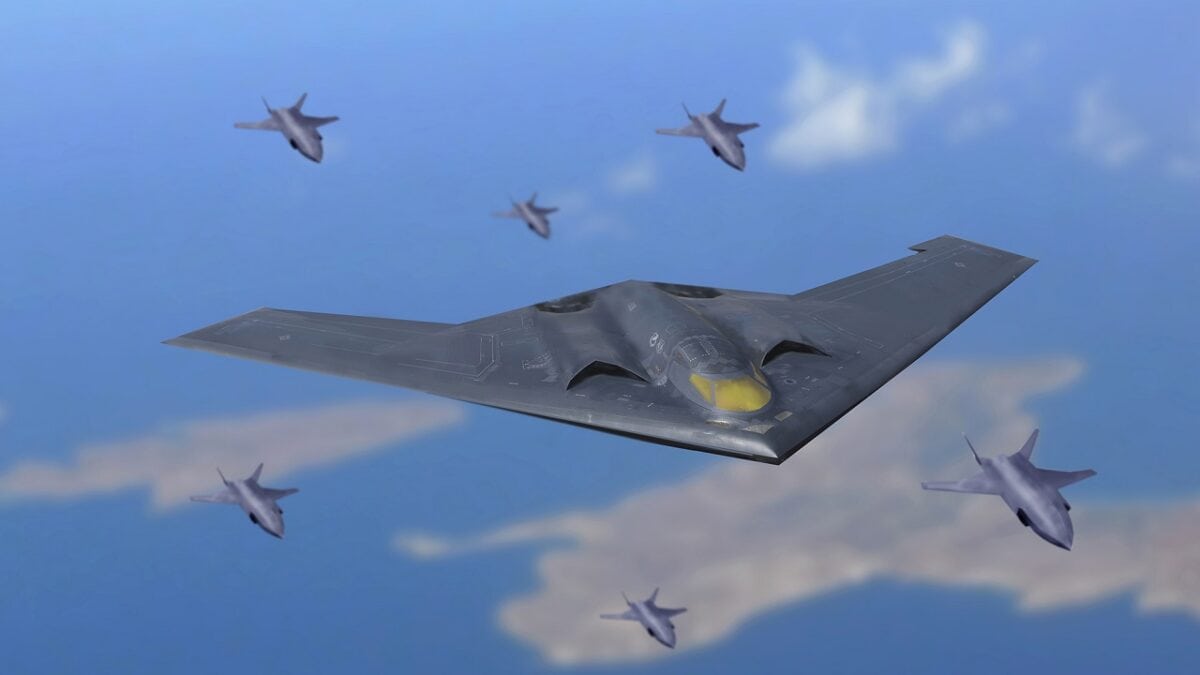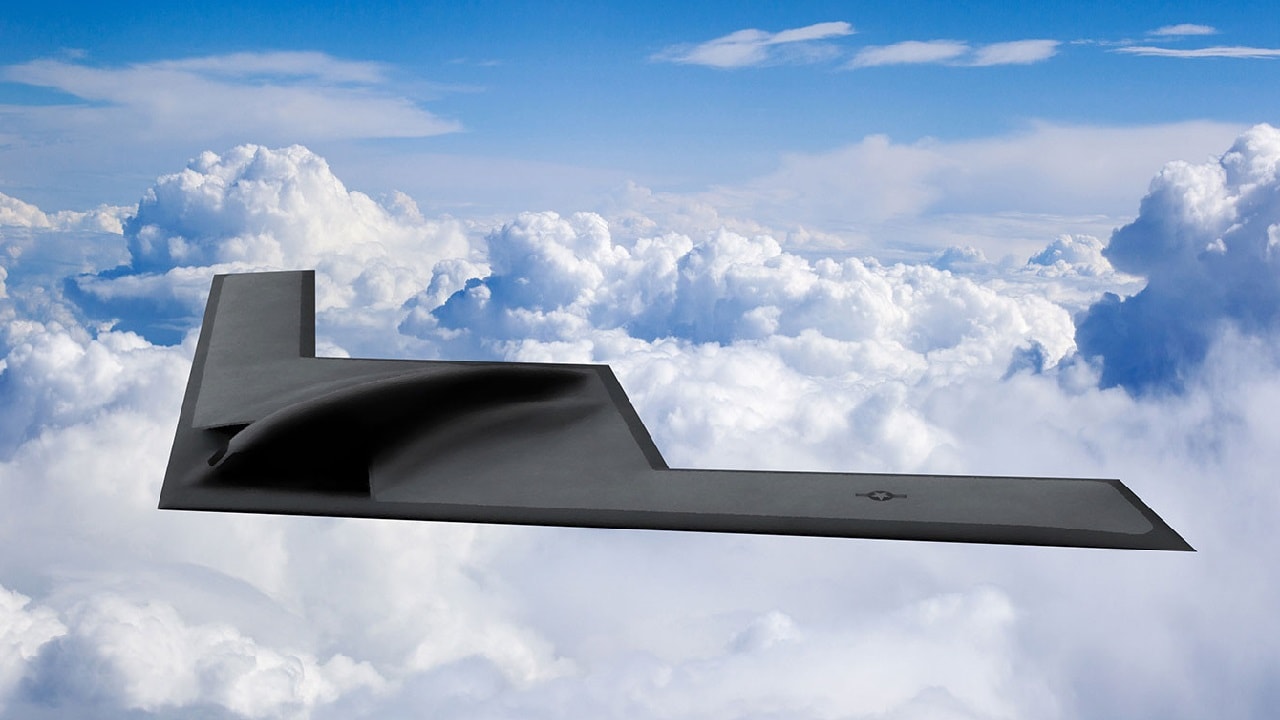Coming Soon: The B-21 Raider: Christmas is coming, and so too is the Northrop Grumman B-21 Raider. However, the United States Air Force’s future long-range strategic bomber could be arriving first – at least in the form of its official public unveiling. Much like the lighting of the Christmas tree at Rockefeller Plaza in New York City, the B-21 Raider stealth bomber will make its debut the first week of December.
The details of the coming out event for the Raider were noted by Andrew Hunter, the assistant Air Force secretary for acquisition, technology, and logistics, at Tuesday’s Air and Space Forces Association’s Air, Space & Cyber conference outside Washington, D.C. The rollout week for the B-21 would coincide with the Reagan National Defense Forum, when dozens of top military officials are already in California, about one hour from Palmdale, Defense One first reported.
B-21: Stealth Mode No Longer
Despite the fact that the B-21 Raider is a stealth aircraft, it isn’t exactly being developed in secret. It is already known that Northrop Grumman is building the B-21 at its facility in Palmdale, California, and according to recent reports, six prototypes are in various stages of production.
The aircraft is expected to make its first flight sometime in the first half of next year.
The long-range, heavy strategic bomber that is set to enter service by the end of the decade was designed to serve as a dual-capable penetrating strike stealth bomber able to deliver both conventional and nuclear munitions. The advanced aircraft will be a component of a larger family of systems for conventional Long Range Strike, including Intelligence, Surveillance and Reconnaissance, electronic attack, communication, and other capabilities. In addition, the Raider will be able to employ a broad mix of stand-off and direct-attack munitions.
As it enters service, the B-21 will initially replace the Cold War-era B-1B Lancer, while it will operate alongside the B-2 Spirit and B-52 Stratofortress. Eventually, the Raider will supplant those latter two aircraft as well and will become the Air Force’s sole bomber.
The B-21 Is a Cost Effective Program
The Air Force has also touted the cost-saving efforts it has undertaken in the B-21’s development. The B-21 test aircraft that are currently being manufactured under the Engineering and Manufacturing Development contract with Northrop Grumman are being built on the same production line, using the same tooling, processes, and technicians that will eventually build the production aircraft.
“The B-21 test aircraft are the most production-representative aircraft, both structurally and in its mission systems, at this point in a program, that I’ve observed in my career,” Randall Walden, Department of the Air Force Rapid Capabilities Office director, explained earlier this year. “The right decisions are being made on this program to pave the way for a high-fidelity flight test campaign and an effective transition to production.”
In April, the Department of the Air Force awarded $108 million to Northrop Grumman for advance procurement to support the B-21 Raider program. Those advance Advance procurement funds will directly support the acquisition of long lead items necessary to build the first lot of production B-21 aircraft. The award of advance procurement reaffirms the Air Force’s commitment to fielding what will become the backbone of the 21st-century bomber fleet.

An artist illustration depicts a U.S. Air Force extended-range B-21 Raider escorted on a mission by armed unmanned next generation air dominance platforms. This fictional bomber features longer, wider wings, and a deeper fuselage that accommodates larger fuel tanks and dual weapons bays that enables the bomber to carry a much larger and varied payload. Mike Tsukamoto/staff; Greg Davis/USAF
B-21: What the Experts Told Us
“Clearly the B-21 Raider- coming in close to on time and what looks to be on budget – is a blessing for sure,” explained a former Senior Pentagon official during the Obama Administration. “The challenge now is to ensure the Air Force gets enough of these planes to guarantee that they can not only penetrate Chinese or Russian air space in mass during a war but make sure overall cost for the entire project is reasonable. From what I have seen so far, if the Air Force can get 100 of these planes – maybe 120 – Washington will be in great shape.”
Expert Biography: A Senior Editor for 19FortyFive, Peter Suciu is a Michigan-based writer who has contributed to more than four dozen magazines, newspapers, and websites with over 3,000 published pieces over a twenty-year career in journalism. He regularly writes about military hardware, firearms history, cybersecurity, and international affairs. Peter is also a Contributing Writer for Forbes. You can follow him on Twitter: @PeterSuciu.

